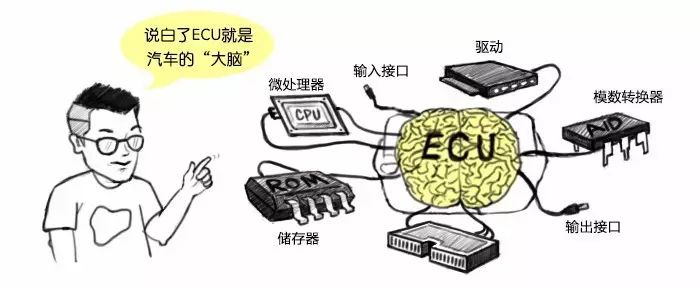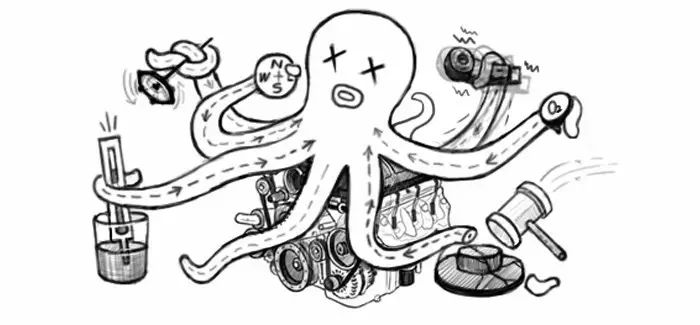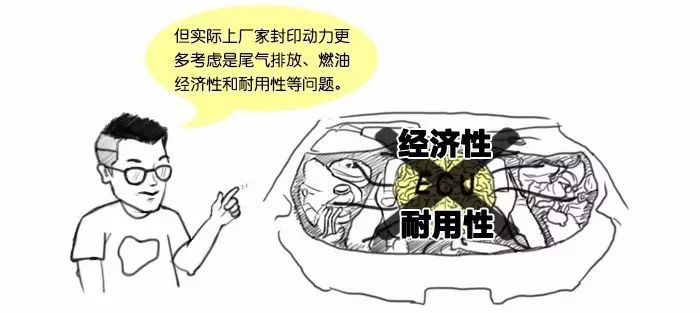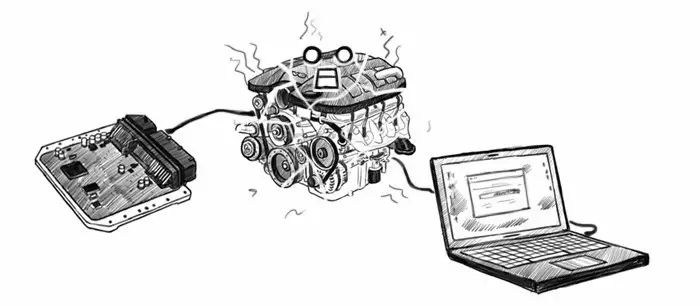
The ECU, or Electronic Control Unit, can be understood as the vehicle’s computer.

It is a microcomputer controller specifically designed for automobiles, consisting of a microprocessor (CPU), memory (ROM, RAM), input/output interfaces (I/O), analog-to-digital converters (A/D), and large-scale integrated circuits for shaping and driving.

The working principle of the ECU is to collect various operational information from the engine through different sensors (temperature sensors, pressure sensors, rotational sensors, position sensors, oxygen sensors, knock sensors, etc.), which is then transmitted to the ECU via dedicated wiring.

After the ECU receives and analyzes the information, it automatically computes instructions based on the set program and sends these instructions to various components to execute their tasks.

To make a simple analogy: the entire process is like a hair in your nose. When an object lightly touches your nostril,

The nose hair (sensor) transmits the touch information to the brain (ECU).

Then the brain analyzes the information, confirming that a foreign object has entered the nostril, and subsequently sends commands to various parts of the nostril to initiate a gas spray, thereby clearing the foreign object.

If the impact of the foreign object exceeds the system’s tolerable range, it will be accompanied by loud sneezing sounds.
(Signal alarm, fault codes triggered)


Most modification enthusiasts are very interested in ECU upgrade programs.
When it comes to flashing the ECU, it feels like the factory ECU is underpowered.

It’s like the Nine-Tails sealed within Naruto’s belly,

Once the seal is broken, power surges forth,
The 2.0T engine can unleash the power output of a 3.5L V6.

Generally speaking, manufacturers tend to tune engines conservatively, leaving a safety margin. Some manufacturers, in order to use the same engine across different models, will employ “the same hardware with different performance tuning ECU seals” to achieve this, resulting in high-power and low-power versions.

Take smartphones as an example; modern phones frequently receive upgrades. After upgrading the system, there are more features and better operating efficiency.

Vehicles that have undergone ECU programming can noticeably feel smoother power output, which is significantly better than the original vehicle’s power output; acceleration and push-back sensations are no longer an issue.


Although flashing the ECU can enhance vehicle performance, ECU upgrades can damage the engine and vehicle, leading to reduced lifespan.

If ECU flashing is too aggressive, while it may enhance power performance in the short term, it increases the load on the engine beyond its designed capacity, leading to metal fatigue, reduced engine lifespan, and even sudden failure, posing safety risks.

